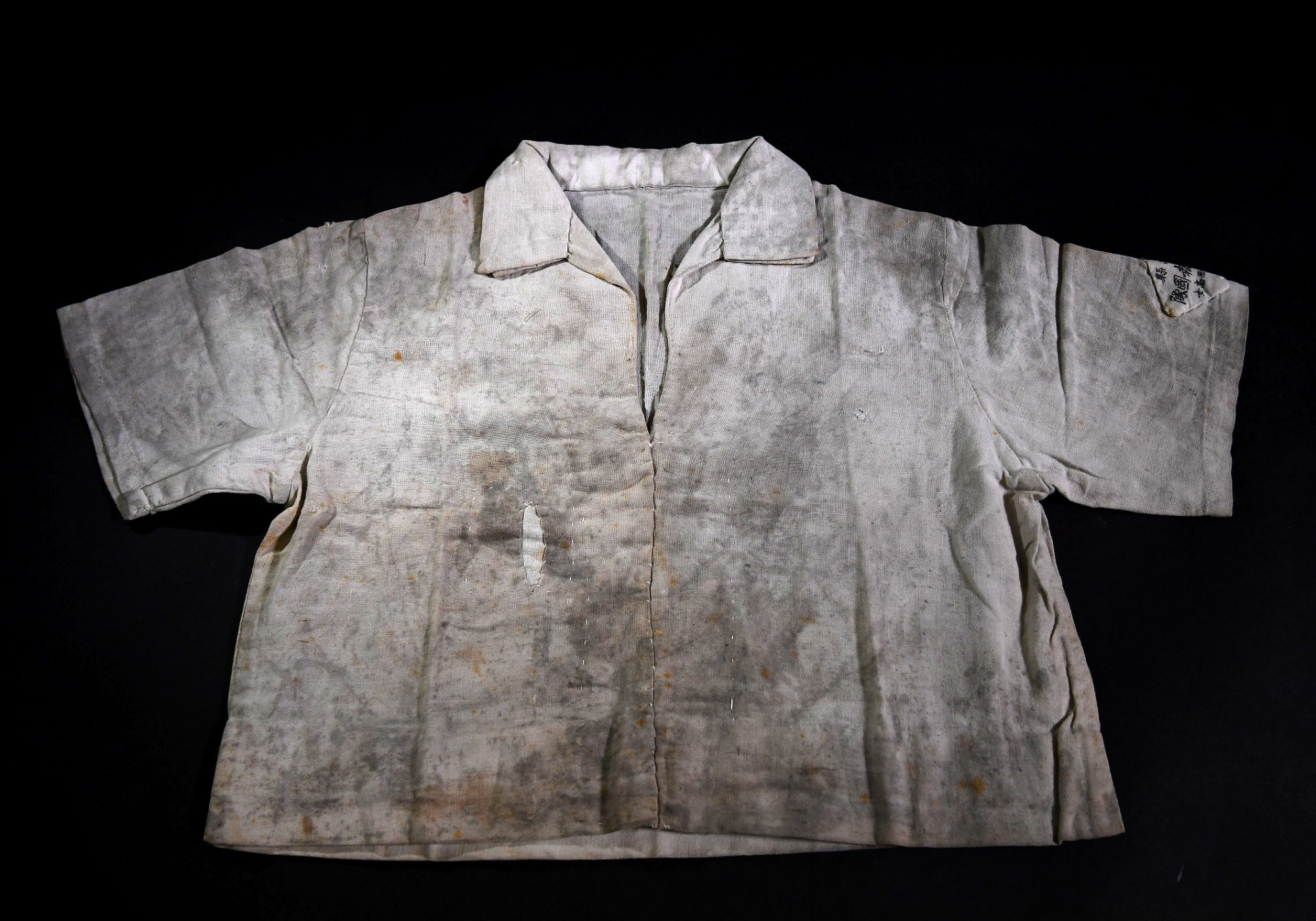Scientific tests on a shirt worn by a 16-year-old girl who was exposed to rain containing radioactive materials that fell after the Hiroshima atomic bombing on Aug. 6, 1945, known as "black rain," continue to detect slight amounts of cesium 137 more than 70 years after the attack.
The girl, Toyoko Kubota, washed the shirt for physical education classes a number of times on a washboard, but could not remove the dark stains left after her exposure to the rain. After marriage, she changed her surname to Matsumiya. She is now 89 and lives in Mihara, Hiroshima Prefecture.
At the time of the bombing she was a student at Nishi Girls' High School, which was closed after the nuclear attack. When the bomb fell she was on the second floor of her school building, which was located in Higashikanon-machi, now part of the city's Nishi Ward, about 1.3 kilometers from the hypocenter.


















With your current subscription plan you can comment on stories. However, before writing your first comment, please create a display name in the Profile section of your subscriber account page.